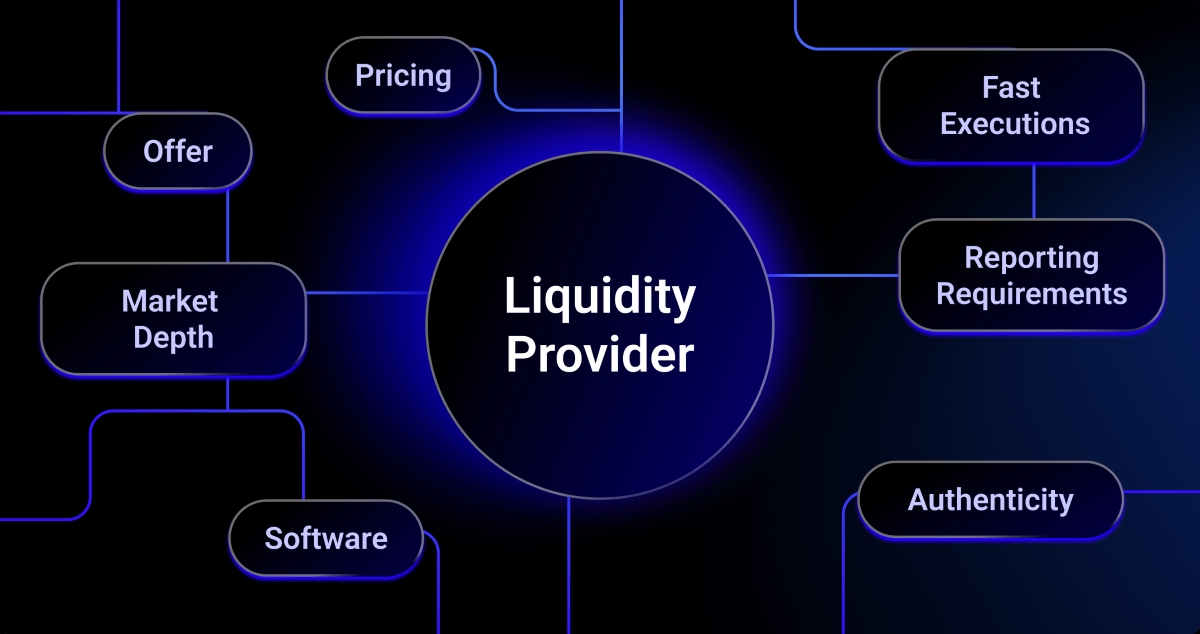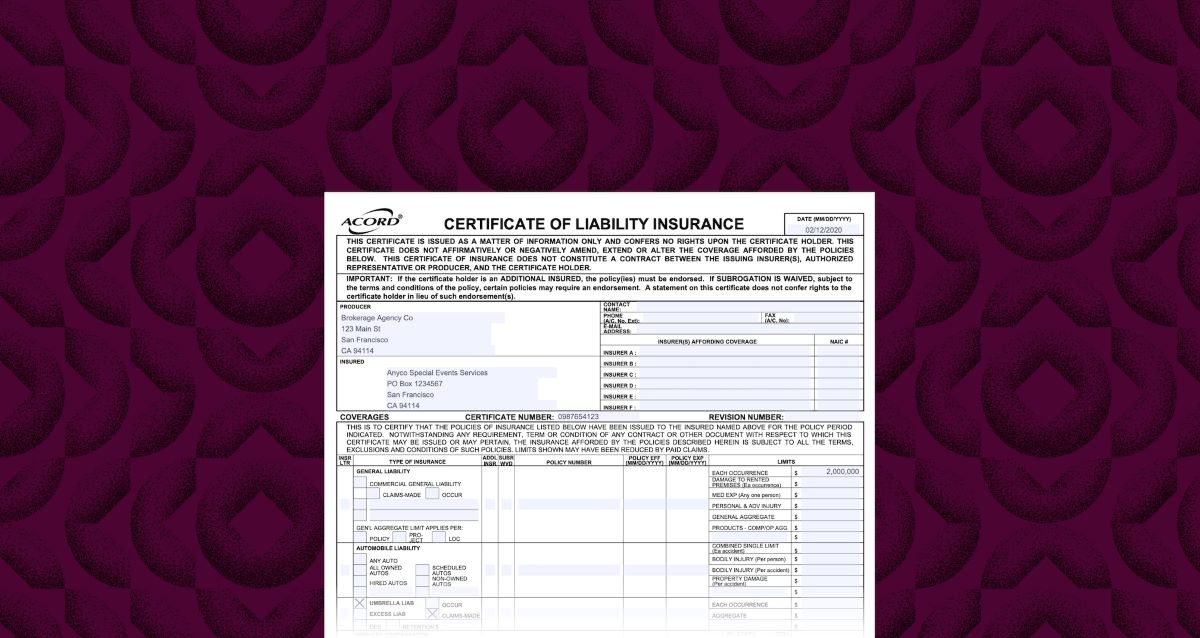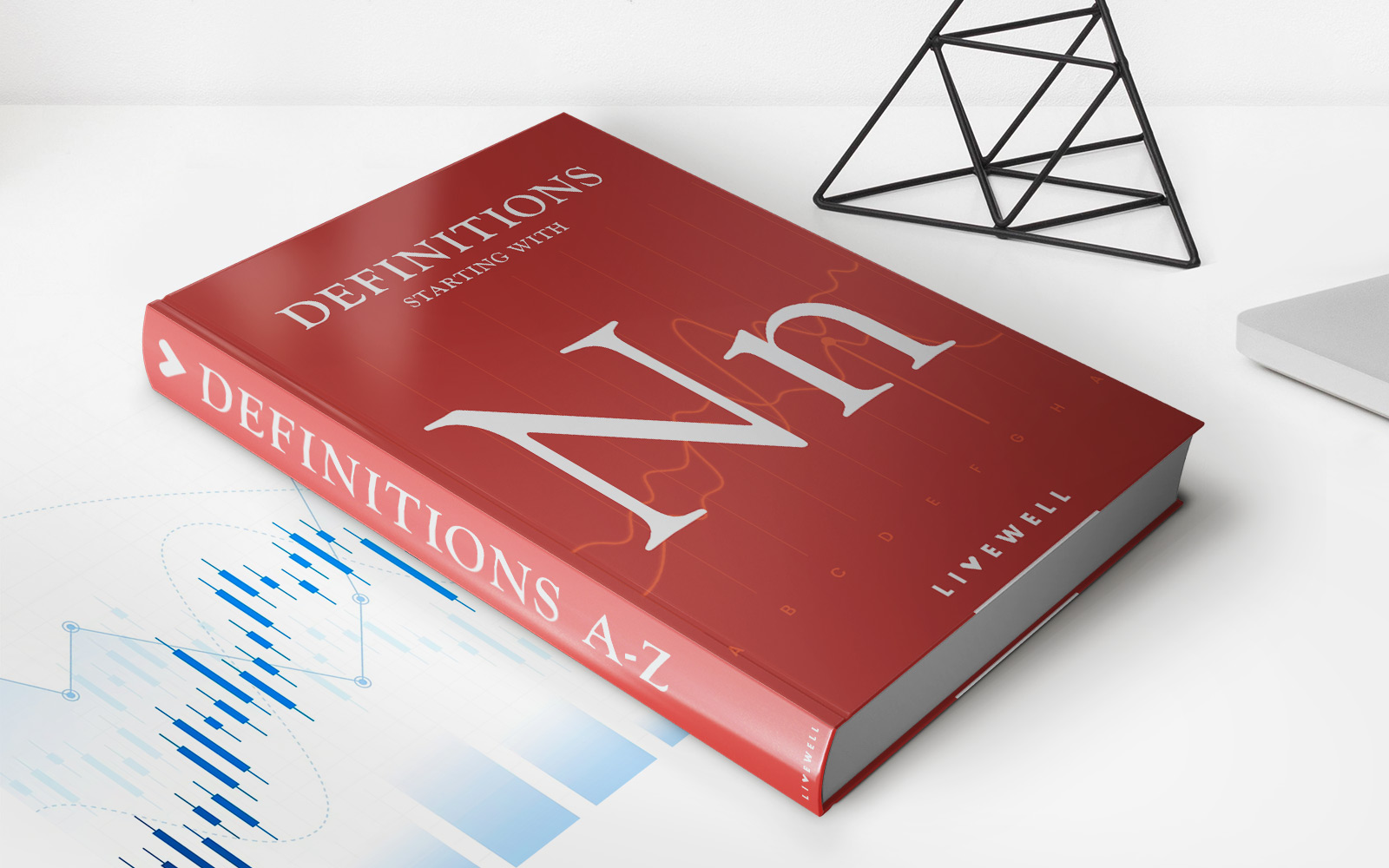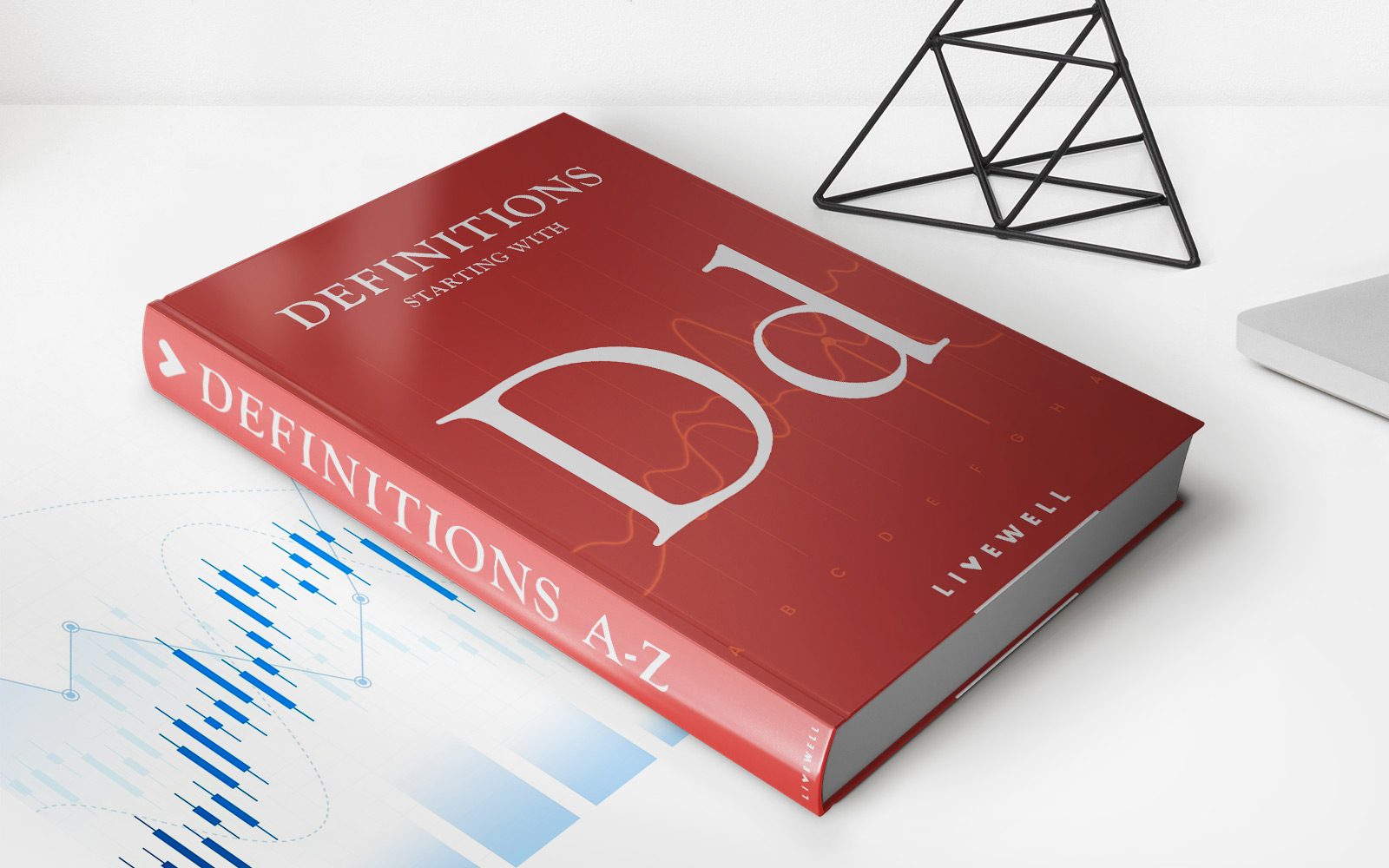Home>Finance>What Types Of Information Does Managerial Accounting Provide


Finance
What Types Of Information Does Managerial Accounting Provide
Published: October 10, 2023
Learn how managerial accounting provides crucial financial information to help businesses make informed decisions and improve financial performance. Explore the different types of data and analysis methods used in managerial accounting.
(Many of the links in this article redirect to a specific reviewed product. Your purchase of these products through affiliate links helps to generate commission for LiveWell, at no extra cost. Learn more)
Table of Contents
Introduction
Managerial accounting plays a crucial role in business decision-making, providing key information and insights that help organizations analyze and manage their financial performance. Unlike financial accounting, which focuses on preparing financial statements for external stakeholders, managerial accounting is centered around providing internal users with the necessary data and analysis to support strategic planning, control costs, and drive organizational success.
In this article, we will explore the various types of information that managerial accounting provides and delve into how each one contributes to the effective management and operations of a company. From cost accounting to budgeting and forecasting, performance measurement and analysis, decision making and planning, risk management, and strategic analysis and control, we will uncover the invaluable role that managerial accounting plays in guiding businesses towards their goals.
By understanding the importance of managerial accounting and the different types of information it offers, businesses can make informed decisions, optimize resource allocation, identify areas for improvement, and ultimately enhance their overall financial performance.
Overview of Managerial Accounting
Managerial accounting, also known as management accounting, is a branch of accounting that focuses on providing valuable financial and non-financial information to internal users within an organization. This information is used for planning, decision-making, controlling costs, and assessing performance. Unlike financial accounting, which follows Generally Accepted Accounting Principles (GAAP) and prepares financial statements for external stakeholders, managerial accounting operates more flexibly and can adapt to the specific needs of the organization.
The primary objective of managerial accounting is to aid managers in making informed decisions to drive the success of the business. It involves capturing, analyzing, and communicating relevant information that relates to the organization’s internal operations and performance. This information is then used to develop strategies, set performance targets, allocate resources, and monitor the organization’s day-to-day activities.
Managerial accounting covers a wide range of activities, including cost accounting, budgeting and forecasting, performance measurement and analysis, decision making and planning, risk management, and strategic analysis and control. Each of these areas plays a vital role in providing valuable insights and supporting effective management.
Overall, the purpose of managerial accounting is to assist managers in making informed decisions that can positively impact the organization’s performance and profitability. By providing relevant and timely information, managerial accounting enables managers to evaluate the financial implications of different options, identify areas of improvement, control costs, and improve overall operational efficiency.
Cost Accounting
Cost accounting is a vital component of managerial accounting that focuses on analyzing and allocating costs within an organization. It provides valuable insights into the various costs associated with producing goods or providing services, allowing businesses to make informed decisions regarding pricing, cost control, and profitability.
Cost accounting involves tracking and classifying the different types of costs incurred by a company, such as direct materials, direct labor, manufacturing overhead, and indirect costs. This information is used to determine the cost per unit of product or service, assess the profitability of different products or services, and identify areas where costs can be reduced.
By implementing cost accounting techniques, businesses can gain a deeper understanding of their cost structure and make informed decisions regarding pricing strategies and cost control measures. This enables them to optimize their pricing to remain competitive in the market while ensuring profitability.
Cost accounting also plays a crucial role in inventory management by providing information about the cost of carrying inventory, including storage, handling, and obsolescence costs. This allows businesses to adopt efficient inventory management practices, minimize holding costs, and avoid stockouts or overstocking.
Moreover, cost accounting provides insights into the profitability of different departments, product lines, or customers. By allocating costs to specific cost centers or profit centers, businesses can identify areas that are generating the most value and those that may require improvement.
Overall, cost accounting provides businesses with valuable information that helps in making strategic decisions related to pricing, cost control, product profitability, and inventory management. By effectively managing costs, businesses can enhance profitability, improve operational efficiency, and gain a competitive advantage in the market.
Budgeting and Forecasting
Budgeting and forecasting are essential components of managerial accounting that assist businesses in planning and setting financial goals. These processes involve estimating future revenues, expenses, and cash flows to create a budget or financial plan for a specific period.
Budgeting provides a roadmap for allocating resources and helps organizations stay on track towards achieving their financial objectives. It involves setting targets and expectations for various departments or cost centers within the organization. By creating a detailed budget, businesses can analyze their projected income and expenses, identify areas for cost reduction or revenue enhancement, and plan for future investments.
Forecasting, on the other hand, involves predicting future financial outcomes based on historical data, market trends, and external factors. It provides businesses with valuable insights into potential risks and opportunities, allowing them to make informed decisions and adjust their strategies accordingly.
The budgeting and forecasting process enables organizations to align their financial plans with their strategic goals. It helps them prioritize projects, allocate resources effectively, and monitor performance against predetermined targets. By regularly reviewing and updating the budget and forecast, businesses can identify any deviations from the plan and take corrective action if necessary.
Furthermore, budgeting and forecasting play a significant role in financial decision-making. They aid in evaluating the financial feasibility of investment opportunities, assessing the impact of potential changes in the business environment, and identifying potential funding gaps or surplus. This information allows businesses to make informed decisions regarding capital expenditures, financing options, and resource allocation.
Overall, budgeting and forecasting provide businesses with a framework for planning, monitoring, and controlling their financial activities. By having a clear understanding of their expected revenues and expenses, organizations can make strategic and informed decisions that drive their financial success and long-term sustainability.
Performance Measurement and Analysis
Performance measurement and analysis are critical aspects of managerial accounting that help businesses evaluate their financial performance and assess their progress towards achieving goals. These processes involve gathering and analyzing financial and non-financial data to measure key performance indicators (KPIs) and identify areas of strength and improvement.
Performance measurement involves setting meaningful KPIs that align with the organization’s strategic objectives. These KPIs can include financial metrics such as revenue growth, profitability ratios, and return on investment, as well as non-financial metrics like customer satisfaction, employee productivity, and quality measures.
By regularly monitoring and analyzing these KPIs, businesses can assess their performance and identify trends or patterns that may require further investigation or action. Performance analysis involves comparing actual results against the set targets and benchmarks, identifying variances, and investigating the underlying reasons for the differences.
Performance measurement and analysis provide businesses with insights into their operational efficiency, profitability, customer satisfaction, and overall effectiveness. This information enables them to make data-driven decisions, allocate resources effectively, and implement improvement initiatives to enhance performance.
Furthermore, performance measurement and analysis play a crucial role in incentivizing and motivating employees. By linking individual and departmental performance to specific KPIs, businesses can foster a performance-driven culture and encourage employees to strive for excellence. It also allows management to identify high-performing individuals or teams and provide them with recognition and rewards.
Ultimately, performance measurement and analysis enable businesses to identify areas of improvement and take proactive steps to enhance their financial performance and operational efficiency. By regularly monitoring and analyzing performance, organizations can make informed decisions that drive growth, increase profitability, and maintain a competitive edge.
Decision Making and Planning
Decision making and planning are fundamental aspects of managerial accounting that assist businesses in making informed choices and developing strategic plans. Managerial accounting provides valuable information and analysis to support decision-making processes at various levels of the organization.
When faced with different options or alternatives, managerial accounting helps in evaluating the financial implications of each choice. It provides data on costs, revenues, and profitability that are essential in assessing the potential outcomes and risks associated with each decision.
By utilizing managerial accounting techniques, businesses can conduct cost-benefit analysis, break-even analysis, and other financial evaluations to guide their decision-making. This enables them to choose the most financially viable option and make choices that align with their long-term goals.
Managerial accounting also plays a crucial role in strategic planning. It provides essential information on market conditions, industry trends, and financial performance that aids in developing realistic and effective plans. This includes setting goals, defining strategies, allocating resources, and establishing performance targets.
Furthermore, managerial accounting assists in identifying opportunities and threats in the business environment. By analyzing financial and non-financial data, businesses can forecast potential risks, assess market demand, and identify competitive advantages. This information helps in making informed decisions for growth and competitive positioning.
Effective decision making and planning also involve considering risk factors. Managerial accounting provides tools and techniques for risk assessment, such as sensitivity analysis and scenario planning. These methods help businesses evaluate the potential impact of different scenarios and develop contingency plans to mitigate risks.
In summary, managerial accounting is critical for decision making and planning as it provides businesses with the necessary financial information and analysis to make informed choices. By considering the financial implications, conducting strategic planning, and assessing risks, organizations can make decisions that align with their goals, maximize profitability, and ensure long-term success.
Risk Management
Risk management is an integral part of managerial accounting that helps businesses identify, analyze, and mitigate potential risks that can impact their financial performance and overall success. By implementing effective risk management strategies, organizations can minimize losses, protect assets, and make informed decisions.
Managerial accounting provides tools and techniques for identifying and assessing various types of risks, including financial risks, operational risks, market risks, and strategic risks. It involves analyzing historical data, market trends, and industry benchmarks to identify potential vulnerabilities and quantify the potential impact of risks on the organization.
Once risks are identified, managerial accounting assists in developing strategies to mitigate or manage them. This may involve implementing internal controls, establishing risk management policies, diversifying investments, and developing contingency plans. By proactively addressing risks, businesses can reduce their exposure and increase their resilience to unforeseen events.
Moreover, managerial accounting helps in assessing the financial implications of risk mitigation strategies. It provides information on the costs associated with risk mitigation measures, such as insurance premiums, security systems, and redundancy plans. This allows businesses to evaluate the potential benefits and trade-offs of risk management actions.
Furthermore, risk management in managerial accounting extends beyond financial risks. It encompasses non-financial risks such as reputational risks, regulatory compliance risks, and environmental risks. By considering these factors, businesses can protect their brand image, ensure legal and ethical compliance, and promote sustainability.
By effectively managing risks, businesses can not only protect themselves from potential financial losses but also capitalize on opportunities. Risk management allows organizations to take calculated risks, recognizing that certain risks may lead to rewards and growth. It provides a framework for evaluating and prioritizing opportunities that align with the organization’s risk tolerance and strategic objectives.
Overall, risk management in managerial accounting is crucial for business sustainability and success. By identifying and mitigating risks, organizations can protect their financial health, optimize decision making, and seize opportunities that align with their strategic goals.
Strategic Analysis and Control
Strategic analysis and control are integral elements of managerial accounting that assist businesses in evaluating their performance, implementing strategic initiatives, and ensuring the effective execution of their strategic plans. It involves assessing the organization’s internal and external environment, identifying opportunities and threats, and monitoring the progress towards achieving strategic objectives.
Managerial accounting provides valuable information and analysis to support strategic analysis. It includes evaluating the organization’s financial performance, market position, competitive landscape, and industry trends. This information helps in identifying areas of strength, areas for improvement, and potential strategic opportunities.
Strategic analysis involves conducting a SWOT analysis (Strengths, Weaknesses, Opportunities, and Threats) to assess the organization’s competitive advantages, identify areas that need improvement, and leverage opportunities in the market. It provides insights into the organization’s unique selling proposition, market differentiation, and competitive positioning.
Once the strategic analysis is complete, managerial accounting plays a crucial role in implementing strategic control mechanisms. It involves setting key performance indicators (KPIs) and monitoring the progress towards achieving strategic objectives. By regularly reviewing and analyzing financial and non-financial data, businesses can ensure that their strategic initiatives are on track and make necessary adjustments if deviations occur.
Strategic control also involves implementing performance measurement systems, such as balanced scorecards or dashboard reporting, to track the achievement of strategic goals. These systems provide a comprehensive view of the organization’s performance across different dimensions, such as financial, customer, internal processes, and learning and growth.
Furthermore, strategic analysis and control enable businesses to identify areas for strategic realignment or redirection. By analyzing performance data, businesses can assess whether their current strategies are effective or if adjustments need to be made to seize emerging opportunities or mitigate potential threats.
Overall, strategic analysis and control in managerial accounting are vital for aligning the organization’s activities with its long-term goals and ensuring the successful execution of strategic plans. By evaluating the internal and external environment, monitoring performance, and implementing control mechanisms, businesses can navigate the dynamic business landscape and make informed decisions that lead to sustainable growth and competitive advantage.
Conclusion
Managerial accounting plays a crucial role in providing valuable information and insights to support internal decision-making and management within organizations. Throughout this article, we have explored the various types of information that managerial accounting provides and how each one contributes to the effective management and operations of a company.
We began by discussing the importance of managerial accounting and its distinct focus on providing internal users with the data and analysis necessary for strategic planning, cost control, and driving organizational success. From there, we delved into the different areas of managerial accounting, including cost accounting, budgeting and forecasting, performance measurement and analysis, decision making and planning, risk management, and strategic analysis and control.
Cost accounting helps businesses analyze and allocate costs accurately, enabling effective pricing strategies, cost control, and profitability evaluation. Budgeting and forecasting assist in creating financial plans, setting targets, and aligning resources with strategic goals, while also providing insights for financial decision-making. Performance measurement and analysis allow businesses to assess their financial and non-financial performance against targets, identify areas for improvement, and motivate employees. Decision-making and planning involve utilizing financial information for evaluating options, strategically planning, and mitigating risks to achieve objectives. Risk management helps businesses identify, analyze, and manage potential risks, protecting financial performance and supporting decision-making. Strategic analysis and control aid in assessing the organization’s environment, aligning strategies, monitoring progress, and adjusting actions to ensure strategic implementation.
In conclusion, embracing managerial accounting principles and utilizing its various tools and techniques empowers businesses to make informed decisions, optimize resource allocation, control costs, and navigate risks effectively. By leveraging the valuable information provided by managerial accounting, organizations can enhance their financial performance, achieve strategic objectives, and maintain a competitive edge in an ever-changing business landscape.














